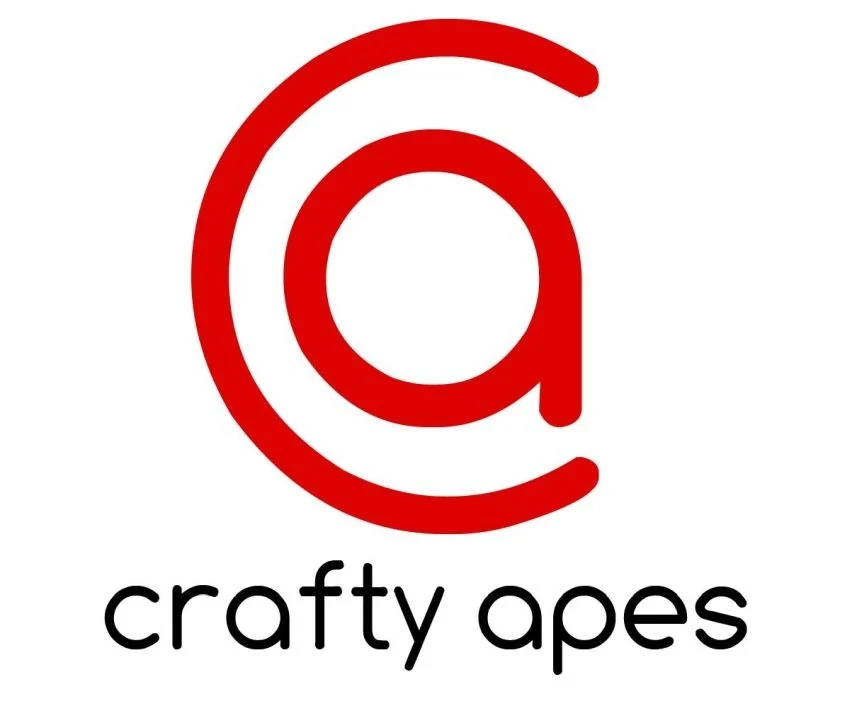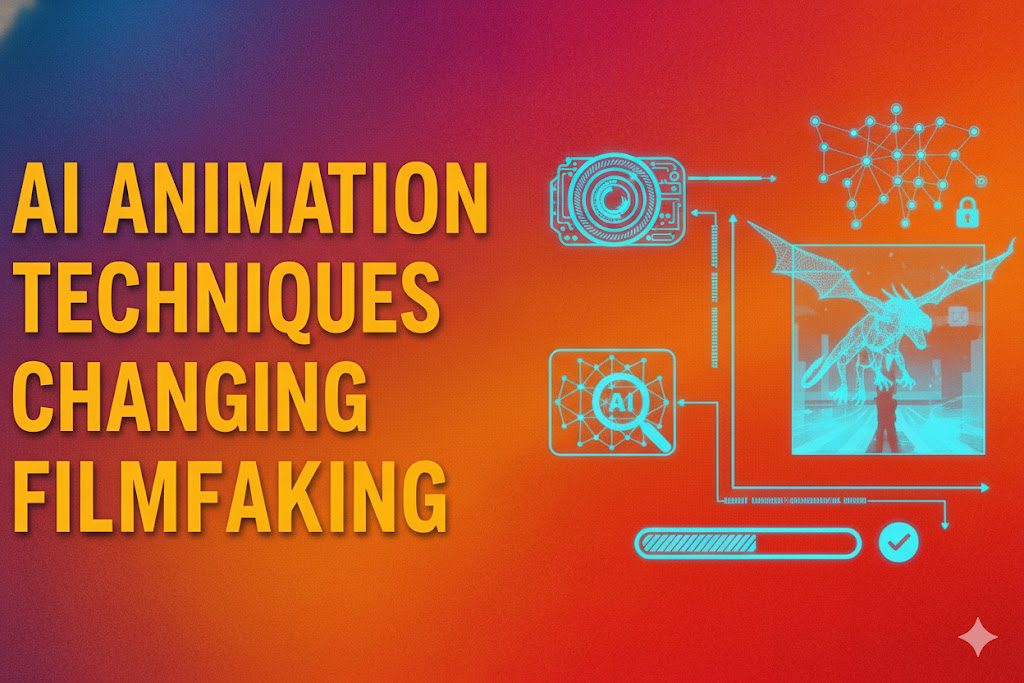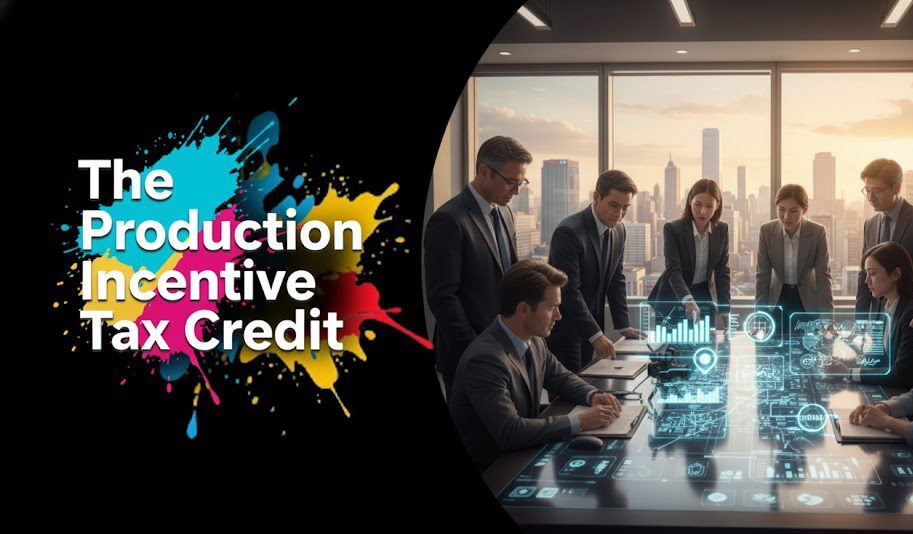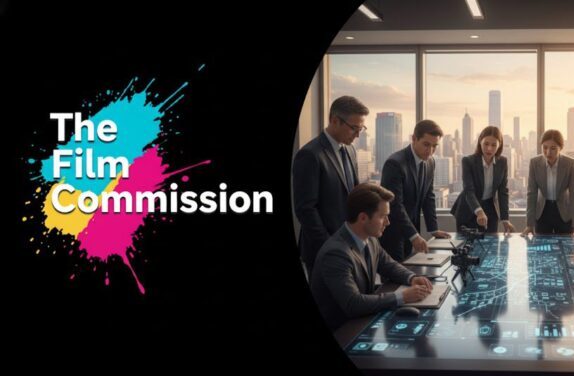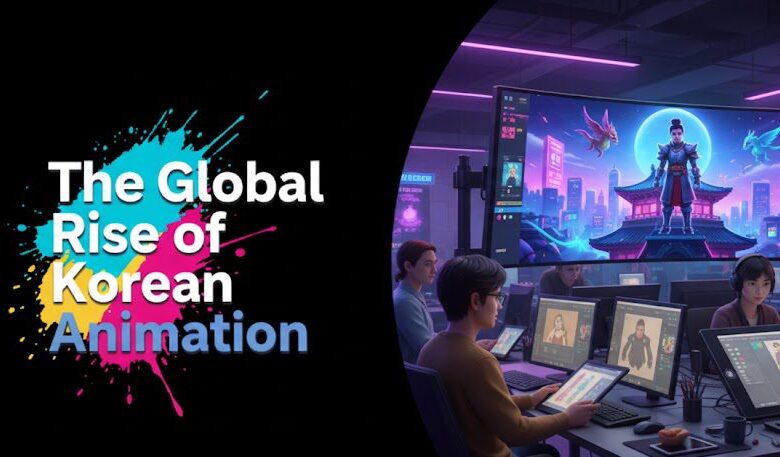Introduction
In the fiercely competitive landscape of streaming, every platform is on a relentless quest for the next big hit. Original content is the lifeblood of this industry, driving subscriptions, retaining viewers, and defining a streamer’s brand
But what happens behind the scenes when a brilliant concept lands in the inbox of a commissioning executive? How does a pitch, a script, or a sizzle reel navigate the labyrinthine corridors of a streaming giant to finally earn that coveted greenlight?
Having observed this process from various vantage points, I can tell you it’s far less about individual genius and far more about strategic alignment, data-driven insights, and a delicate dance of internal politics.
The Initial Gatekeepers: Development Executives
When a pitch first arrives, it lands with a development executive. Their inbox is a perpetual flood, a mix of established production companies, hot new creators, and unsolicited submissions (which, let’s be honest, rarely get past the spam filter unless they have a strong referral).
- What they say: “We’re always looking for compelling stories that resonate with our audience.”
- What they mean: “We’re looking for compelling stories that resonate with our specific demographic targets, align with our current content strategy gaps, and come from creators with a proven track record or a significant social following. Also, it needs to be something we can actually afford and produce efficiently.”The executive isn’t just looking for a good story; they’re looking for a goodinvestment. They have a mental checklist of what their platform needs: more YA drama, a prestige limited series, a true-crime docuseries, a family-friendly animation?Every platform has its unique content strategy, informed by subscriber data, competitive analysis, and long-term growth objectives. A brilliant sci-fi epic might be perfect for one platform, but a non-starter for another if they’ve just invested heavily in that genre or their audience data suggests a preference for reality TV.
The Internal Champion: Building Momentum
If a development executive is intrigued, they become the project’s internal champion. Their job is now to shepherd the idea through various layers of approval. This involves crafting internal pitch documents, organizing meetings, and often, defending the project against skeptical colleagues.
- What they say: “This project has strong potential to break through.”
- What they mean: “I believe in this project, and I’ve done my homework. The data suggests it will appeal to a significant portion of our subscribers, it fills a strategic gap in our content library, and the talent attached (or proposed) is bankable.I’m putting my reputation on the line for this, so I need everyone else to see what I see.” This is where the “personal” element truly comes into play. An executive’s passion and ability to articulate a project’s value proposition are critical.They must translate artistic vision into business metrics: potential viewership, subscriber acquisition/retention impact, cost-effectiveness, and brand enhancement. They’re not just selling a show; they’re selling a future return on investment.
The Data Deep Dive: Analytics and Algorithms
Before any significant budget is allocated, the analytics team gets involved. They crunch numbers, analyze historical performance, and predict future trends.
- What they say: “Our data suggests a strong affinity for this genre/talent/theme among our target demographics.”
- What they mean: “Our algorithms indicate that content similar to this has performed well with audiences who exhibit certain viewing patterns, suggesting it could attract new subscribers or reduce churn among existing ones. We can also cross-reference the proposed talent’s past performance on our platform or others to gauge their drawing power.This isn’t just a gut feeling; it’s a calculated risk based on millions of data points.” Data is the silent partner in every greenlight decision. It informs everything from genre selection to episode count, marketing spend, and even character archetypes.While it doesn’t dictate creativity, it certainly guides strategic investment. Executives use this data to justify their decisions to the higher-ups.
The Financial Gauntlet: Budget and ROI
Even the most compelling story with the most impressive data can fall flat if the numbers don’t add up. Finance teams scrutinize every line item.
- What they say: “We need to ensure this project delivers maximum value for our investment.”
- What they mean: “Can we produce this for less? Is the proposed budget justified by the projected viewership and subscriber impact? What are the alternative content investments we could make with this same money? We need to see a clear path to return on investment, whether that’s through direct revenue, subscriber growth, or brand prestige that justifies the cost.”This is where many projects hit a wall. The creative vision often clashes with financial realities. Executives must be adept negotiators, finding ways to maximize production value while staying within strict budgetary constraints.Sometimes, a project is simply too expensive for its perceived value, regardless of its artistic merit.
The Final Hurdle: Leadership Approval
Ultimately, the decision rests with senior leadership – the Head of Originals, the CEO, the board. These are the individuals who set the overall strategic direction for the platform.
- What they say: “This project aligns perfectly with our vision for the future of [Streaming Platform Name].”
- What they mean: “This project not only meets our immediate content needs but also reinforces our brand identity, differentiates us from competitors, and positions us for long-term growth. It’s a calculated risk that we believe will pay off in terms of market share and shareholder value. We’re confident this will be a tentpole series/film that generates significant buzz and justifies our investment in original content.”This is the culmination of the entire process. The project has been vetted creatively, strategically, and financially.The leadership team is looking for projects that are not just good, but transformative – content that can define their platform and attract millions of eyeballs.
Key Takeaways:
- Strategic Alignment is Paramount: A pitch must not only be a good story but also fit precisely into the streamer’s current content strategy and target audience.
- Internal Advocacy is Crucial: Having a passionate and persuasive development executive champion your project internally is often the difference between success and failure.
- Data Drives Decisions: Analytics play a massive role, informing genre choices, talent selection, and overall investment levels. Creative gut feelings are increasingly backed by hard numbers.
- Financial Viability is Non-Negotiable: Even the most brilliant idea won’t get greenlit if the budget doesn’t make sense in terms of projected ROI.
- Brand Identity Matters: Streamers invest in content that reinforces and elevates their unique brand in a crowded market.
Frequently Asked Questions
It’s extremely rare for major streamers to pick up truly unsolicited submissions. Most platforms have strict policies against reviewing them due to legal reasons and the sheer volume. The best way to get your project seen is through an established agent, manager, or production company with existing relationships.
Very important, especially for high-budget projects. Attached A-list talent (actors, directors, showrunners) can significantly increase a project’s chances of getting greenlit because they bring a built-in audience, industry credibility, and often, a higher perceived ROI.
Data doesn’t create stories, but it heavily informs which stories get told and how they’re packaged. It helps streamers identify audience preferences, predict performance, understand churn drivers, and optimize marketing. It’s a tool for de-risking creative investments.
It varies wildly. A project with significant buzz and a clear strategic fit might move from pitch to greenlight in a few months. Others can languish in development for years, going through multiple iterations, or simply die a quiet death. The more complex the project and the higher the budget, the longer the process tends to be.
Often, it comes down to budget versus perceived value, or a shift in the platform’s content strategy. A project might be creatively strong but simply too expensive for the expected return, or the platform might suddenly pivot to focus on a different genre or demographic, leaving previously promising projects on the shelf.



